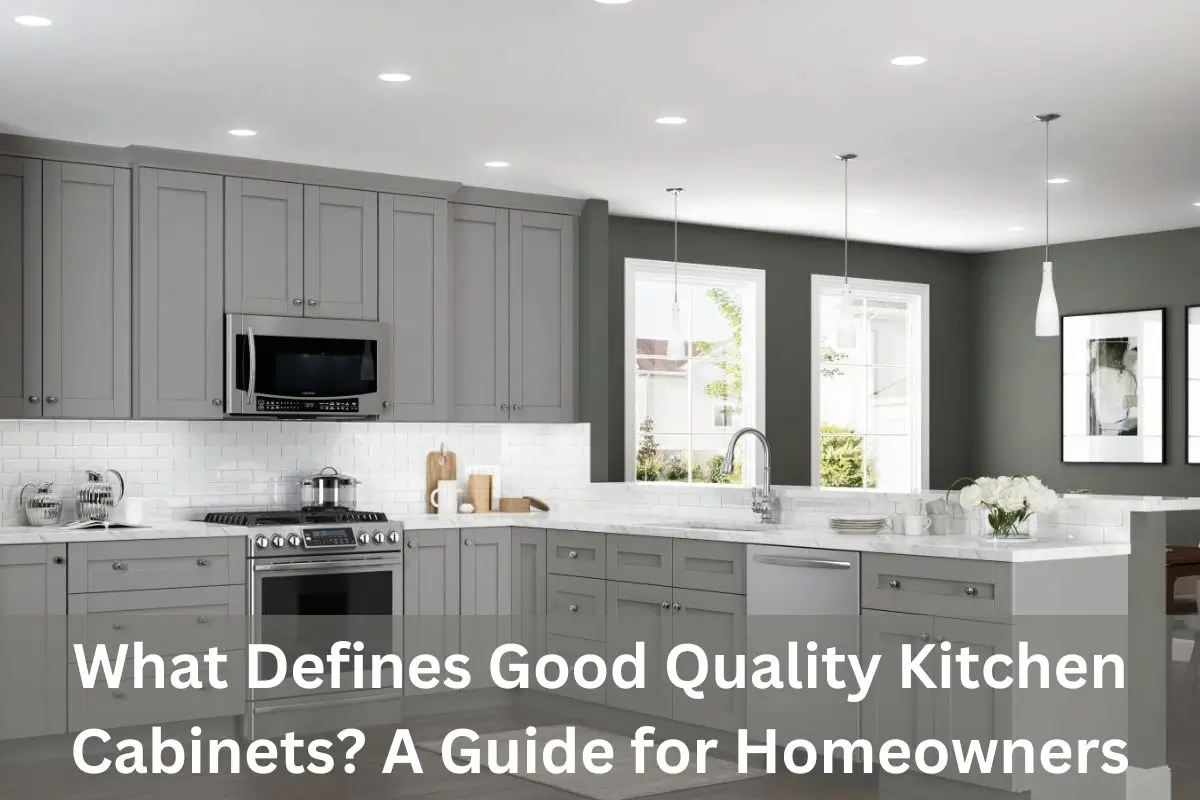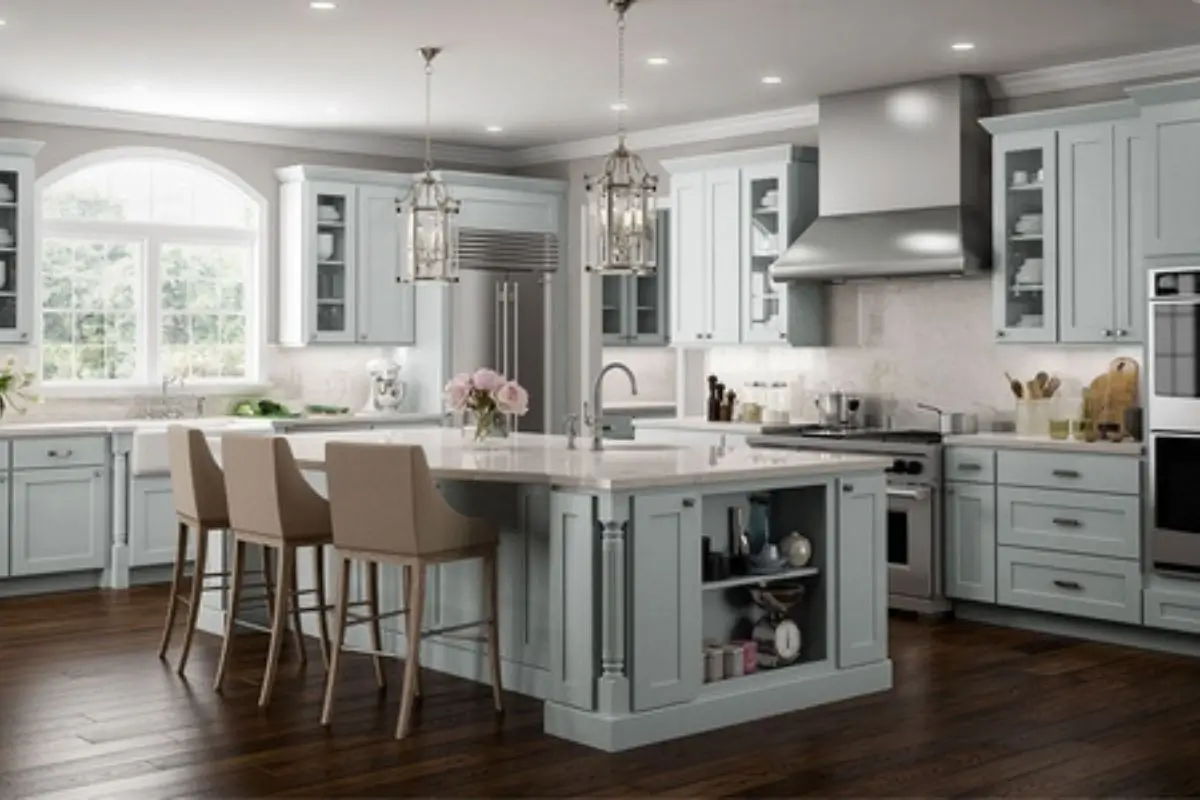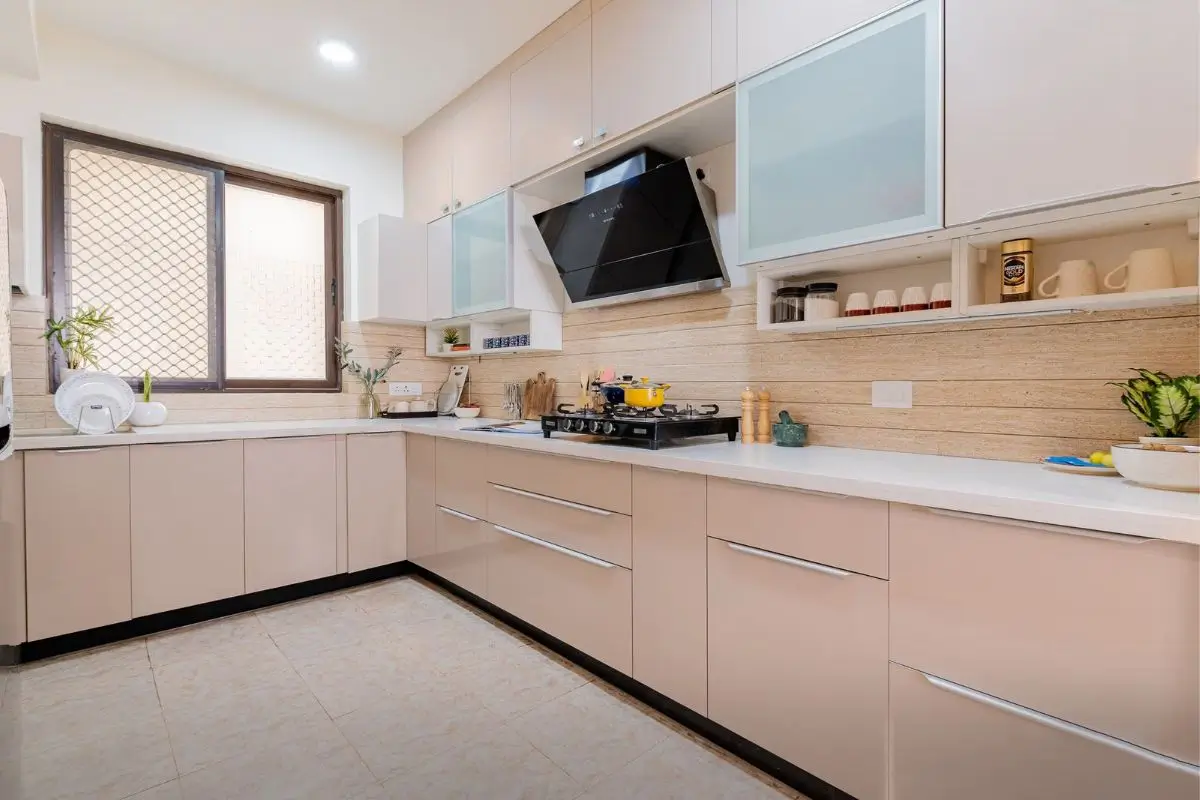
What Defines Good Quality Kitchen Cabinets? A Guide for Homeowners
Choosing the right kitchen cabinets is a significant decision for homeowners. Quality cabinets do more than just enhance the kitchen’s appearance—they ensure long-lasting durability, functionality, and value for your investment. This guide will help you identify the key factors that define good quality kitchen cabinets, ensuring you make an informed choice that benefits your home for years to come.
Material Matters: The Foundation of Durable Kitchen Cabinets
The material used in kitchen cabinets plays a vital role in their overall quality. Solid wood, like oak, maple, and cherry, is preferred for its strength and timeless appeal. Plywood is another great option, offering durability at a lower cost than solid wood. It’s far superior to particleboard, which tends to weaken over time and is prone to damage from moisture. Veneers and laminates provide budget-friendly alternatives but don’t offer the same longevity as solid wood or plywood. Opting for premium materials ensures your cabinets stand up to the daily wear and tear of a busy kitchen.
Craftsmanship Counts: Construction Techniques That Ensure Longevity
The construction of kitchen cabinets separates the high-quality from the mediocre. Look for dovetail joints, which provide superior strength compared to staples or nails. This type of craftsmanship ensures the drawers will hold up, even with heavy use. Solid back panels and plywood construction are key for structural integrity, preventing sagging or warping over time. Soft-close hinges and drawer slides are not only convenient but also protect the cabinets from damage. Cabinets built with these construction techniques will offer years of reliable use, standing the test of time.
The Importance of a High-Quality Finish for Long-Lasting Cabinets
The finish of your kitchen cabinets is more than just about looks—it’s crucial for durability. A smooth, high-quality finish protects against moisture, heat, and daily wear, all of which are common in the kitchen environment. Whether you choose a paint or stain, it should be even and resistant to chipping, fading, or staining. UV-resistant finishes are particularly valuable as they protect cabinets from discoloration caused by sunlight. A good finish also makes cabinets easier to clean and maintain, ensuring they continue to look their best with minimal upkeep.
Cabinet Thickness: Why 3/4-Inch Matters for Strength and Durability
The thickness of the cabinet box is a critical factor in determining its durability. High-quality kitchen cabinets are typically constructed with 3/4-inch thick walls, backs, and shelves, providing excellent support for heavy cookware and appliances. Thinner materials, such as 1/2-inch or 5/8-inch, are prone to sagging or breaking over time. A solid 3/4-inch cabinet box ensures the cabinets stay structurally sound, even under frequent use. Additionally, high-quality interiors, such as melamine or wood veneer, add an extra layer of durability and protection against moisture and spills.
Hardware That Lasts: Choosing the Best Fittings for Your Kitchen Cabinets
The quality of hardware—hinges, handles, and drawer slides—is a key indicator of a cabinet’s overall durability. Stainless steel or brass hardware is the best choice for corrosion resistance and strength. Soft-close hinges prevent the doors from slamming, protecting both the cabinet and your fingers. Adjustable shelves supported by durable hardware offer flexible storage options. Low-quality hardware often leads to misaligned doors, noisy drawers, and early wear. Opting for high-quality fittings ensures a smoother, longer-lasting experience and reduces the need for future repairs or replacements.
Customization Options: Tailoring Cabinets to Fit Your Kitchen Perfectly
Customization options set high-quality cabinets apart from standard models. Custom cabinets allow you to design cabinets that fit your kitchen’s exact dimensions, needs, and style preferences. This offers better space utilization and the freedom to choose materials, finishes, and built-in features like pull-out trays or spice racks. Semi-custom cabinets are a more affordable alternative, offering some flexibility while still providing quality materials and construction. Investing in customized cabinets ensures that you get the perfect balance of functionality and design tailored to your kitchen space.
Why Warranty and Brand Reputation Matter in Cabinet Selection
The warranty that comes with your kitchen cabinets is a good indicator of their quality. Reputable brands offer extended warranties that cover manufacturing defects, providing peace of mind that your investment is protected. A solid warranty reflects the manufacturer’s confidence in the product. Additionally, choosing cabinets from well-known brands with strong reputations ensures they meet high standards of craftsmanship and durability. Reading customer reviews and researching brands can help you avoid inferior products and ensure that your kitchen cabinets live up to your expectations.
Go Green: Choosing Environmentally Friendly Kitchen Cabinets
Sustainability is becoming increasingly important in home design, and kitchen cabinets are no exception. High-quality cabinets made from eco-friendly materials like FSC-certified wood ensure that the materials are responsibly sourced. Low-VOC (volatile organic compounds) finishes are also important, as they reduce the emission of harmful chemicals, improving indoor air quality. Some manufacturers offer cabinets made from recycled materials, which further minimizes environmental impact. Choosing eco-friendly cabinets not only contributes to a healthier planet but also creates a safer, non-toxic kitchen environment for your family.
Balancing Cost and Value: Why Quality Cabinets Are Worth the Investment
Investing in high-quality kitchen cabinets can come with a higher initial cost, but the long-term value is undeniable. Quality materials and construction techniques reduce the need for frequent repairs or replacements, ultimately saving money over time. Cheap cabinets may look appealing at first but tend to wear out quickly, leading to higher maintenance costs. When balancing cost and value, consider the long-term benefits: durable, functional, and aesthetically pleasing cabinets enhance both your kitchen’s performance and its overall appeal. Quality cabinets are an investment that pays off in the long run.
Conclusion
Good quality kitchen cabinets are defined by their materials, construction, finish, and hardware. Homeowners should focus on choosing durable materials, ensuring expert craftsmanship, and selecting reputable brands. Customization options and eco-friendly considerations also play a key role in making cabinets functional and sustainable. While high-quality cabinets may come with a higher upfront cost, the long-term value they provide in terms of durability and performance makes them a wise investment for any home. By understanding these factors, homeowners can make an informed decision that enhances both the style and functionality of their kitchen for years to come.




0 comments